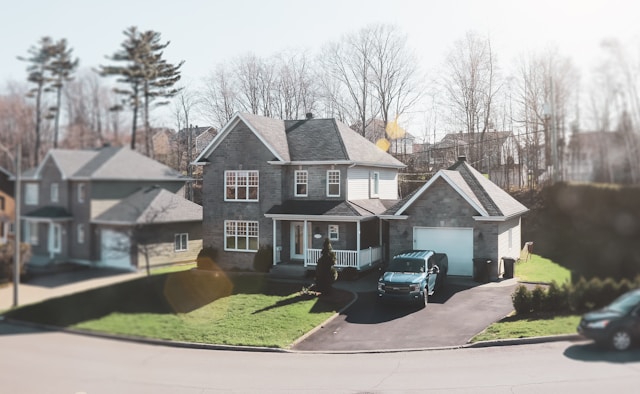As summer is about to start, you might be thinking about summer vacation. Or, you may be lamenting that you can’t go anywhere this summer. Fortunately, you don’t have to. Transforming your own backyard into a getaway paradise is easier than you think. Not only will it bring the vacation to you, but it could also actually increase the value of your home if you’re looking to sell.
Typically, vacations are all about relaxing and getting away from your everyday reality. If you have a private yard, you can achieve this simply by adding outdoor seating and some plants. This will give it the feel of a private vacation. Of course, choose plants that are easy to take care of, otherwise it won’t feel like a vacation.
If you prefer for your summers to be filled with friends and fun, there are multiple ways to achieve that. Better yet, they’re often upgrades that you can take advantage of at any time, as well as investments in your home’s value in the future. If you like outdoor cooking and dining, consider an outdoor wood oven, paired with low-maintenance seating and hardscaping. If you like games, think about mini bowling or golfing, or maybe a pool table. For those who just like to sit, talk, and relax, a fire pit and ambient lighting could be perfect.
Photo by Brian Wangenheim on Unsplash



















